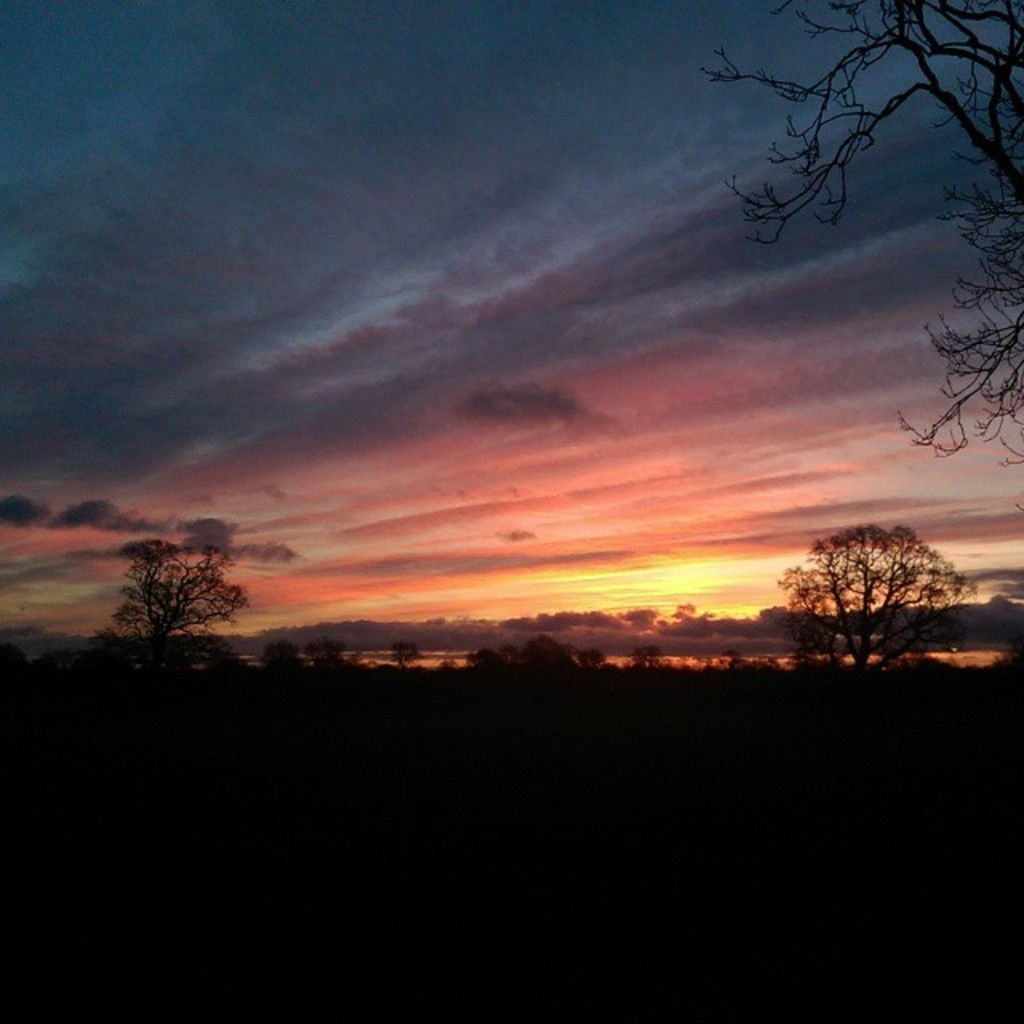Unveiling the Underrated: A Heedful Guide, Potential for Perplexity Looms
Flavorful, yet Fascinating: The Black Elderberry's Blooms
City: Munich
Author: Silke Böttcher
Tips and Cautions
Summer's a breeze with black elderberry bushes blooming in city parks, their flowers casting an inviting aroma. But beware, as their toxic counterparts lurk!
Blooming Between April to June
The black elderberry, or Sambucus nigra, thrives as a shrub or small tree, finding comfort in sunny to shaded sites with rich, moderately moist soil. Its blooming period is between April and June, and by September, the black berries develop.
Beware of Poisonous Raw Berries!
Handle with care! Raw black elderberries contain the glycoside sambunigrin and are poisonous. Consuming them might lead to nausea, abdominal pain, and diarrhea. To avoid these issues, always heat the berries sufficiently before consumption - the Bavarian Consumer Center recommends boiling them for at least half an hour.
Using the Black Elderberry's Flowers
The black elderberry is one of three species found in Germany. In the kitchen, its flowers and fruits are used, but the berries must never be consumed raw due to their toxicity. The flowers can be consumed raw, but they are usually heated, too.
Here's how you can tell the black elderberry apart: It sports five to seven odd-pinnate leaves (with an uneven number of leaflets on each side and an additional one at the tip). The leaflets are opposite each other, and breaking off a branch reveals a soft, white pith with distinct bumps, known as cork pores.
Warning: Toxic Look-alikes!
The creamy-white, intensely fragrant blossoms of the Black Elderberry are easy to spot, as they grow in dish-shaped clusters. The red or cluster elderberry, on the other hand, boasts grape-like blossom clusters.
To distinguish between the Black and Dwarf Elderberry, check individual blossoms. In the Dwarf Elderberry, the anthers are red, while in the Black Elderberry they are delicate yellow. Additionally, the pith in the branches of the Dwarf Elderberry is yellow and the stem does not turn woody. Berries are trickier to tell apart, as they're black in both. However, the Dwarf Elderberry's berries stand upright (while the Black's hang down), and they have a small dimple that the Black lacks.
A Word of Caution: Stay Away from Red and Dwarf Elderberry!
All parts of the Dwarf Elderberry are very poisonous, with the highest concentration in the berries. Consuming them can cause nausea, diarrhea, vomiting, dizziness, and even heart problems. The Red Elderberry also contains sambunigrin, making it advisable to avoid its berries, too, as the toxicity remains in the seeds, even after heating them.
Harvesting Black Elderberry Blossoms
For the best results, harvest Black Elderberry blossoms when they're fully open, ideally on a sunny, dry day. Choose fresh, bug-free clusters. Use scissors or pruning shears and leave a small portion of the stem attached. Avoid washing them afterward, as it may diminish their aroma. Freezing isn't recommended either, as the blossoms might fall off, losing their scent.
Recipe Idea for Elderflower Syrup
Turn the bountiful Black Elderberry flowers into something tasty with Elderflower syrup! To make, you'll need 20 to 25 flower clusters, 1.5 liters of water, a kilogram of sugar, 50 grams of citric acid, two organic lemons, and a bit of patience. Remove any insects from the blossoms, then heat the remaining ingredients together until the sugar's dissolved. Once cooled slightly, pour the mixture over the blossoms and let it steep for a few days. Afterward, strain and boil the mixture again before filling it into sterilized bottles. You can enjoy the syrup diluted with water or as a Hugo cocktail's ingredient.
Baked Elderflower Blossoms
Baked Elderflower blossoms add a unique touch! Coat them in a mixture of flour, honey, vanilla sugar, salt, beaten egg whites, and a bit of vegetable oil before frying them in the oil until golden brown. Enjoy these sweet treats as a delightful snack!
The black elderberry, a popular plant in Munich's city parks, is not only known for its flavorful berries but also its home-and-garden appeal, particularly during its blooming season from April to June. Interestingly, the lifestyle aspect of the black elderberry extends beyond consumption, as its flowers can be used culinarily as well, such as in the preparation of elderflower syrup or baked blossoms for a unique gardening project. However, it's crucial to remember that raw black elderberries contain the glycoside sambunigrin and are poisonous, necessitating careful handling and proper cooking before consumption, as recommended by the Bavarian Consumer Center.




